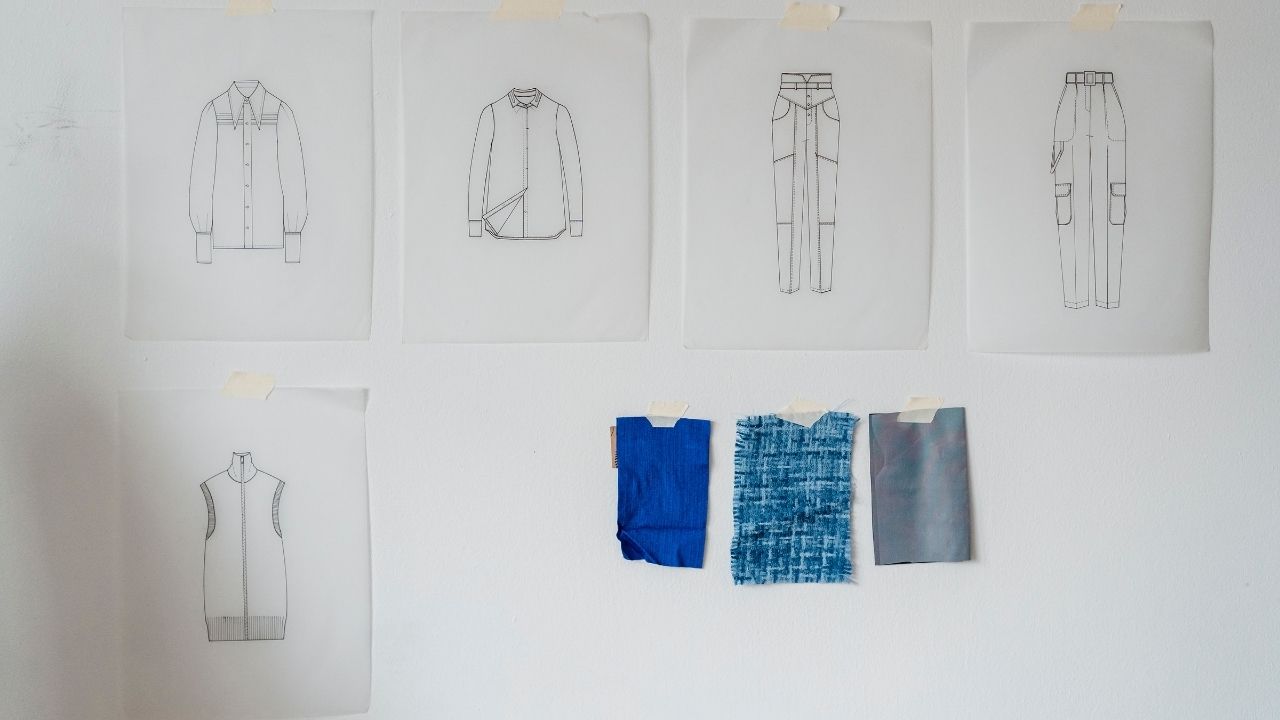
We understand the importance of creating visually captivating and informative content that can outrank other websites. In this comprehensive guide, we will explore various sketching techniques that can help you establish a strong sense of depth and perspective in your artwork.
Mastering the Art of Shading
One of the most crucial elements in creating depth and perspective is shading. By strategically applying light and shadow, you can simulate the three-dimensional nature of your sketches. Start by identifying the primary light source and use it to cast shadows on your subject. Experiment with different shading techniques, such as cross-hatching, stippling, or blending, to achieve the desired depth and texture.
Harnessing the Power of Perspective
Proper perspective is essential for creating a realistic and visually engaging sketch. Understand the principles of linear perspective, where parallel lines appear to converge at a vanishing point on the horizon. This technique can be particularly useful when drawing architectural elements, landscapes, or objects with distinct edges and surfaces.
Maintaining Accurate Proportions
Proportion plays a vital role in establishing depth and realism within your sketches. Observe the relative sizes of different elements in your subject and ensure that they are accurately represented. Use reference materials, such as measurement tools or grid systems, to help you maintain consistent proportions throughout your drawing.
Composing with Intention
The way you arrange the elements in your composition can significantly impact the sense of depth and perspective. Consider using overlapping objects, varying the placement of elements, and incorporating both near and distant elements to create a sense of depth. Experiment with different compositional techniques, such as the rule of thirds or the golden ratio, to enhance the visual interest and balance of your sketches.
Incorporating Line Variation
The use of line variation can add depth and texture to your sketches. Experiment with varying the thickness, pressure, and direction of your lines to create a sense of depth and three-dimensionality. For example, use thicker lines for closer objects and thinner lines for more distant elements.
Exploring Textural Nuances
Texture is another essential element in creating a sense of depth and perspective. By incorporating different textures, such as smooth, rough, or patterned, you can add visual interest and depth to your sketches. Consider using specialized techniques, like cross-hatching or stippling, to mimic the textures of your subject matter.
By mastering these sketching techniques, you'll be well on your way to creating stunning, visually compelling sketches that can outrank the competition in search engine results. Remember, consistent practice and experimentation are key to honing your skills and developing a distinctive artistic style.
So, let's get started on your journey to creating breathtaking sketches with a profound sense of depth and perspective!
 Writing TipsCreative WritingJournalingSketching TechniquesBuying GuidesPrivacy PolicyTerms And Conditions
Writing TipsCreative WritingJournalingSketching TechniquesBuying GuidesPrivacy PolicyTerms And Conditions
